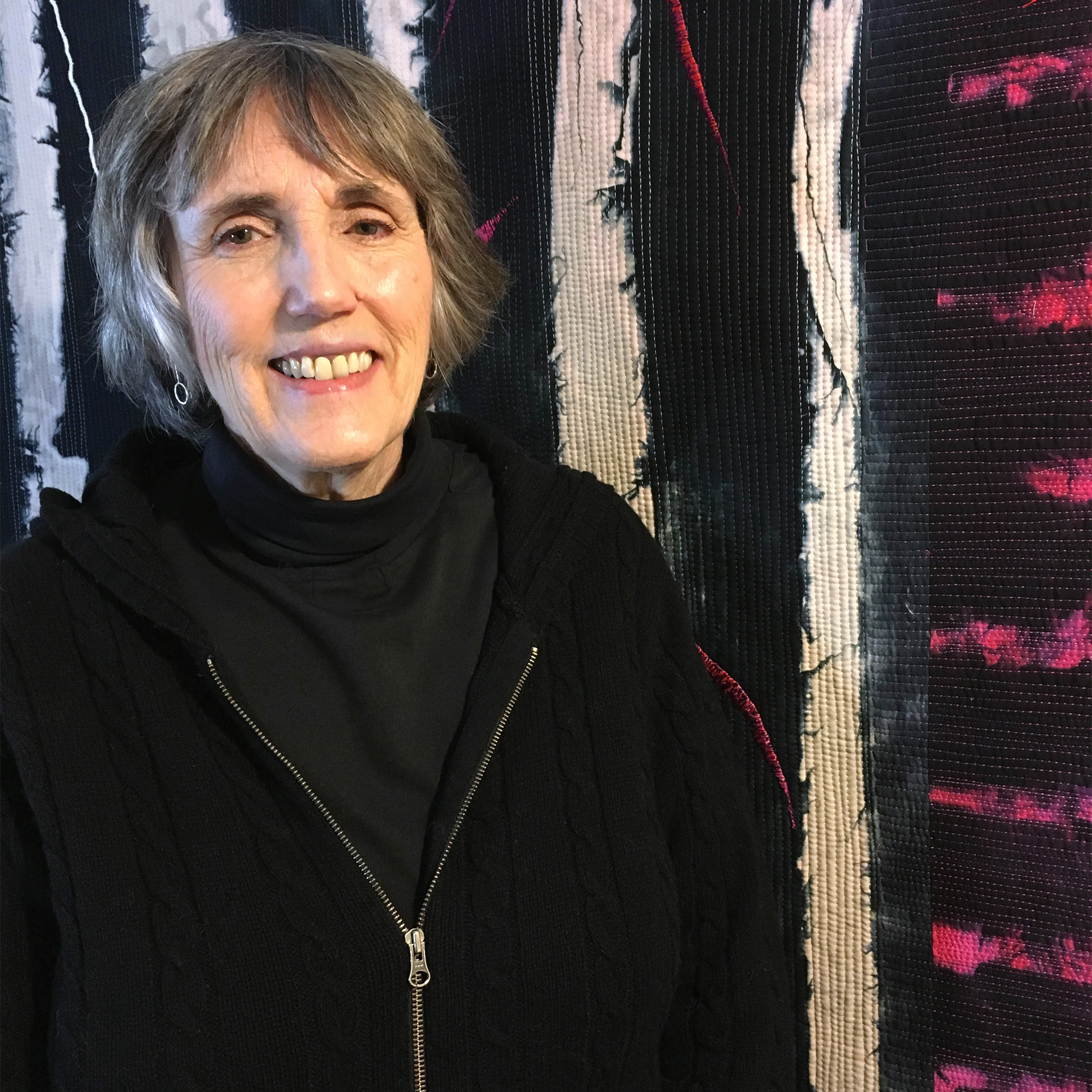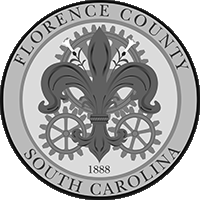Museum Brings Arts Commission 50th Anniversary to Florence
The Florence County Museum announces an exhibition of works by veteran South Carolina artist Terry Jarrard-Dimond as part of the South Carolina Arts Commission’s recently launched 50th Anniversary exhibition program. The program was developed to celebrate 50 years of of public support for the arts in South Carolina, with emphasis on the achievements of artists who have received the commission’s Visual and Craft Fellowship awards.
The exhibition at the Florence Museum is titled EVIDENCE: The Art of Terry Jarrard-Dimond, 1987-2017. It will be held in the museum’s Special Exhibits Gallery, and will be on view from June 20 to December 3, 2017.
Jarrard-Dimond received the SCAC Craft Fellowship Grant in 1987, 20 years after the incorporation of the South Carolina Arts Commission. She is represented by three works in the State Art Collection.
–
The Florence County Museum has a unique relationship to the history of the South Carolina Arts Commission. The first president of its board of trustees was E.N. Zeigler, who later became a state senator and the author of the legislation which created the South Carolina Arts Commission in 1967.
Zeigler was also the first donor to the museum’s permanent collection, with a small discovery of Native American points and pottery fragments found near Jeffries Creek at the former site of Florence’s Civil War prison stockade. He was an avid vocational archaeologist and an acquaintance of the museum’s founder, Jane Beverly Evans. In 1950, the passing of Ms. Evans created a need for strong leadership, and Zeigler stepped in to fill the vacancy following her death.
Both in the creation of the Florence Museum, and the inauguration of the South Carolina Arts Commission, Evans and Zeigler were early champions for the city’s cultural development and diversity.
–
About the Artist :
Terry Jarrard-Dimond grew up in Greenville County, SC. She was one of 27 students who attended a small rural school which emphasized traditional conservative educational principles. Art was a recreation, rather than a practical part of her education. After the sixth grade, Dimond’s brief brush with artistic instruction came to a stop.
Dimond’s parents ran a hardware store in the small town of Marietta. During one of her father’s frequent visits to a supplier for the merchandise in his shop, Dimond convinced her father to buy her some oil paints and supplies. By the time she was a teenager, she already had an intuitive interest in the properties of physical materials like wood, wire and textiles, and had developed a compulsive desire to, “always be making.” However, this encounter with paint was her first mature venture into a life of art for art’s sake.
Ms. Jarrard’s first academic exposure to fine art came while attending painting and drawing classes at the Winthrop College. It was then that she began to notice a distinct difference between her approach to creating art and that of her classmates. At that time, Winthrop College was an all-girls school, although many of its teachers were men.
Although the art faculty recognized Jarrard’s talent, the school never encouraged their female students to pursue post-graduate work in art, with one exception; in the last months of her final year attending Winthrop, Terry was introduced to an instructor who had been newly appointed to fill a temporary teaching position in the department. He supported Jarrard’s artistic vision and suggested that she consider continuing her art education. His name was Tom Dimond.
Jarrard soon graduated from Winthrop, and when Dimond finished his term of teaching, the two young artists became married. The couple moved to New York City, where they lived for almost two years. After the birth of their fist child, they moved back to South Carolina, while Tom Dimond taught art in public school. Dimond was then offered a job at the Lee Gallery at Clemson University, where he served as its Director for the next 15 years.
Upon their return to South Carolina, several things occurred which changed the course of Terry Jarrard-Dimond’s artistic development. She made the acquaintance of weaver, Alice Schlein, enrolled in graduate school, began a teaching career and then took a job working at a textile mill. These developments placed Dimond in direct contact with the emerging field of computer assisted graphic design, and reignited her interest in the creation of artworks based in fiber media.
–
Over the past thirty years, Terry Jarrard-Dimond’s use of overlapping marks, layered materials, and literal woven elements, has explored continuous themes of interconnectedness.
The artworks on exhibit will include early sculptural works which utilize found objects in conjunction with constructed forms, as well as Dimond’s later explorations in large scale geometric compositions using hand-dyed, contemporary textiles. Finally the exhibition will look at several works from Dimond’s more recent two-dimensional experiments with hot wax encaustic and paint.
In her own words, “All living things leave physical evidence of their existence. Evidence is generated by the activities each performs… from the monumental to the minute. My work is my evidence.“
Other upcoming events and exhibitions in the year-long SCAC 50th Anniversary program will be held throughout the state, in Columbia, Greenville, Charleston, Sumter, and Rock Hill. Jarrad-Dimond’s work will also be featured in an SCAC group show at the Lee Gallery, Clemson University this October through November.
For more information, please visit flocomuseum.org and southcarolinaarts.com, or contact the Florence County Museum at 843.676.1200.







